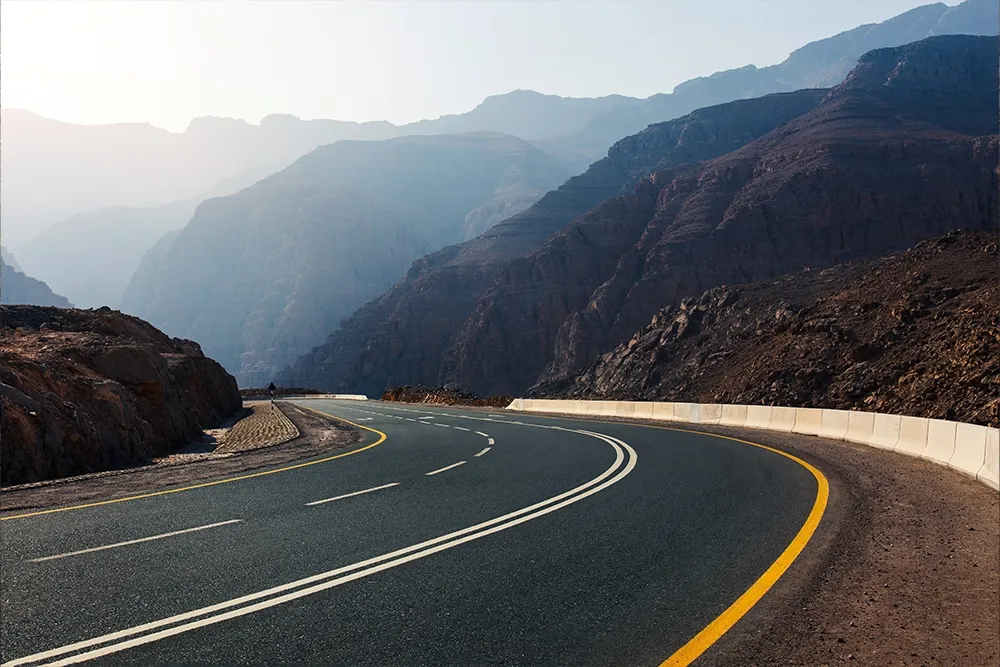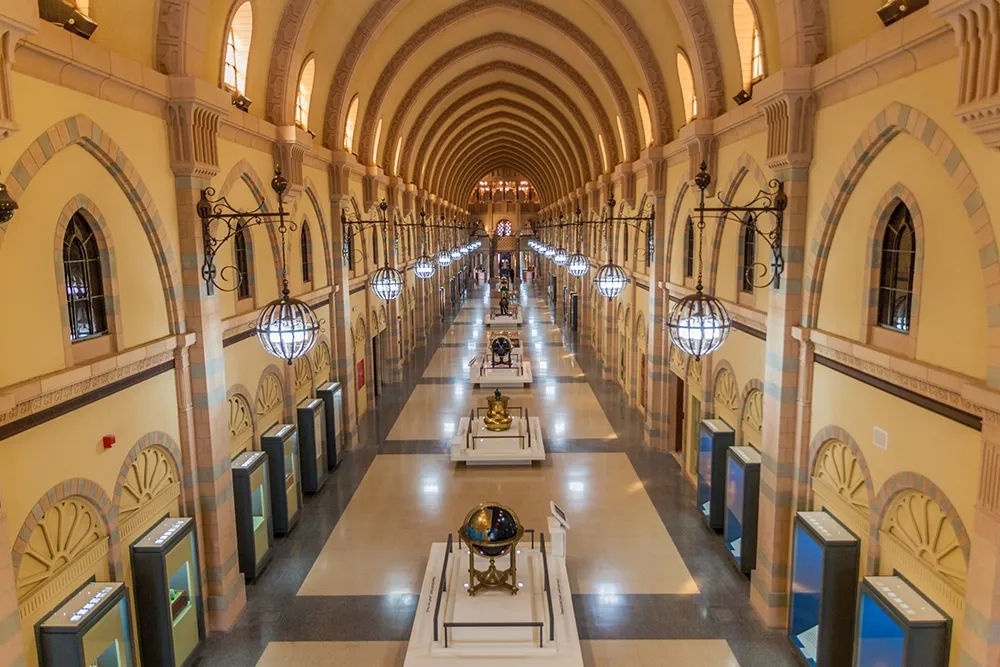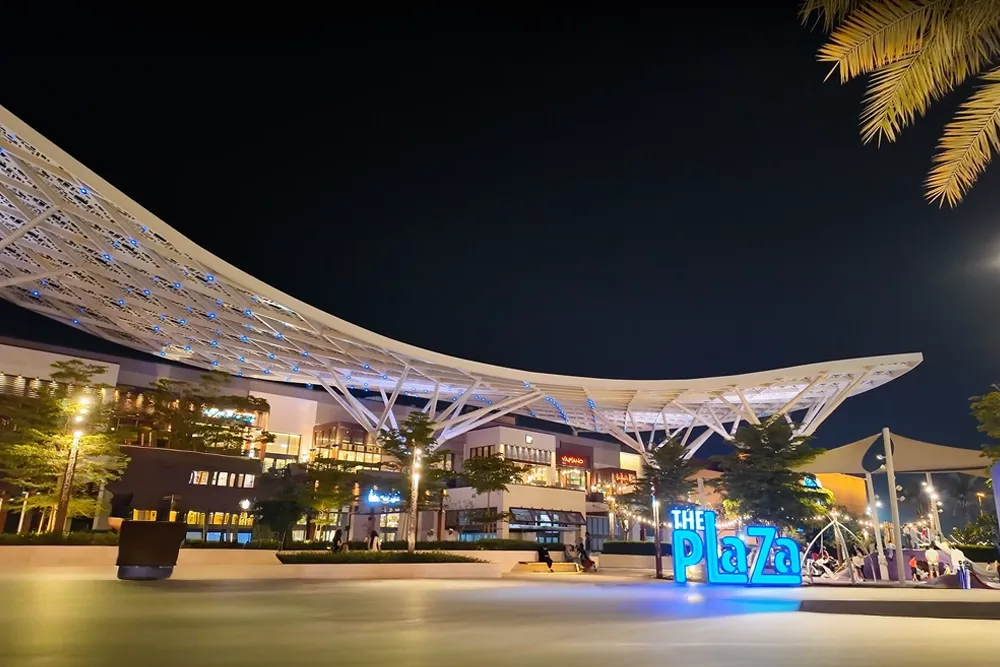When we think of the UAE, images of modern and urban landscapes, shining shopping malls, and over-the-top vacation resorts spring to mind. Yet tucked away around the Emirates are serene reminders of another past; dunes-swallowed ghost towns, crumbling palaces that were once fit for kings but now the most abandoned places in UAE, haunted villas where secrets linger, and ancient tombs older than Dubai herself.
This blog takes you on a tour of some of the most fascinating abandoned places in UAE, examining their history, myths, and emotions. Join us along the way to find out about:
- Abandoned villages like Al Jazirah Al Hamra and Al Madam
- Creepy houses like the Al Qasimi Palace and Villa 4 in Jumeirah
- Abandoned plane wreckage in Dubai and Umm Al Quwain
- Ancient graves of the earliest civilizations of the UAE
Prepare to step back into the past—where every cracked wall and vacant corridor is a story.
Al Jazirah Al Hamra – A Ghost Town that's Stood Still
Concealed from view in Ras Al Khaimah lies Al Jazirah Al Hamra, an old pearling village that was once alive with activity, now abandoned to desert breezes. In the early 20th century, it was a busy maritime community, its coral-stone homes and narrow alleyways filled with the shouts of traders and fishermen. But in the 1960s, its residents had left—some say to seek better opportunities after the oil boom, others that they fled due to strange occurrences.
Now, walking through Al Jazirah Al Hamra is equivalent to walking through an open museum. The structures—the mud brick, coral stone, and mangrove wood pillars are a snapshot of Emirati life before modern development. No wonder the site is often used for film productions and cultural activities.
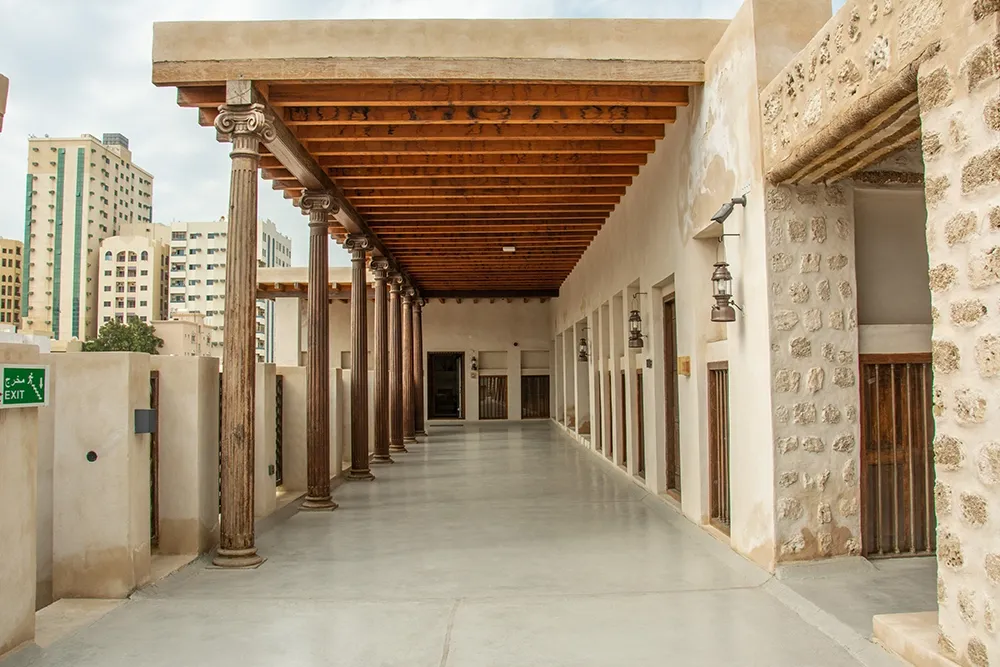
The pearling economy had used over 20,000 Gulf divers before. When pearls began to be cultured and produced in the market during the 1930s, entire villages like Al Jazirah Al Hamra were deserted.
Al Qasimi Palace – A Deserted Palace Seized by the Past
In Ras Al Khaimah sits Al Qasimi Palace, a magnificent four-story palace that cost millions to build in the 1980s and was subsequently left vacant after its completion. Its marble staircases, stained-glass windows, and Italian chandeliers now rest covered in dust, far from the opulence that had once fueled the imagination.
The palace is surrounded by infinite stories. Some claim to have left in their wake after witnessing ghost children peering out of windows. Others insist that furniture moved by itself, and inexplicable noises were made in the corridors late at night. Haunted or not, the palace has become one of the most mysterious abandoned places in UAE.
UAE's tourism board reports paranormal tourism on the rise, with destinations like Al Qasimi Palace beckoning adventurers intrigued by the paranormal.
Al Awir Desert Plane – An Aviation Mystery
Drive into the Al Awir desert in Dubai, and you’ll stumble upon something surreal: the skeleton of a plane, stripped of engines and wings, abandoned in the sand. No official record explains its presence. Some believe it crashed-landed decades ago. Others suggest it was a film prop discarded after shooting.
Technically, the plane's fuselage is an ex-commercial aircraft, once used with avionics that have long since been removed. Its juxtaposition with the barren desert landscape is theatrical, and it makes it a photographer's favorite for post-apocalyptic landscapes.
Soviet Ilyushin IL-76 – The Sleeping Giant of Umm Al Quwain
In Umm Al Quwain, near a now-shut airstrip, rests a massive Ilyushin IL-76, a Soviet-made cargo aircraft. At one point capable of carrying 45 tons across continents, it now rusts in the sun.
Its past is as intangible as its size. Some speculate that it was left abandoned in the 1990s due to its owners' inability to pay for landing fees. Others speculate that it was used in a failed business venture. Whatever the reason, its huge vacated hull is now an off-ramp attraction, complete with its faded Soviet lettering still legible on the wings.
To airplane enthusiasts, this is something more than a wreck—it's a reminder of Cold War technology.
Villa 4, Jumeirah – Dubai’s Most Haunted Villa
Among Dubai’s luxury neighborhoods, Villa 4 in Jumeirah 1 stands out not for wealth, but for its eerie reputation. For decades, stories of strange noises, flickering lights, and even shadowy figures have circulated. Taxi drivers, long-time residents, and even passing tourists all know the legend of Villa 4.
Though off-limits to the public, it has become an urban myth woven into Dubai’s modern folklore. For those fascinated by haunted places in the UAE, Villa 4 is often at the top of the list.
The Beehive Tombs of Jebel Hafeet – Ancient Echoes
More ancient than the ghost towns and the villas, the Beehive Tombs of Jebel Hafeet in Al Ain are a testament to the UAE's earliest cultures. These circular stone tombs, built around 3000 BCE during the Hafit era, lie in clusters upon the rocky hillsides.
Archaeologists found copper objects, ceramics, and the remains of humans, confirming the site had been an ancient center of trade and settlement. Today, the tombs are part of the UNESCO World Heritage Area of Al Ain, toured by history buffs from around the globe.mOver 500 tombs were recorded in the area of Jebel Hafeet, making it one of the largest Bronze Age necropolises in Arabia.
Al Madam Ghost Village – Where the Desert Reclaims
A short drive from Sharjah will take you to Al Madam Ghost Village, where nature and myth mix. Rows of abandoned houses, recently painted and occupied, are now half-buried in sand. Desert winds seep into living rooms, covering staircases and tiles with dunes.
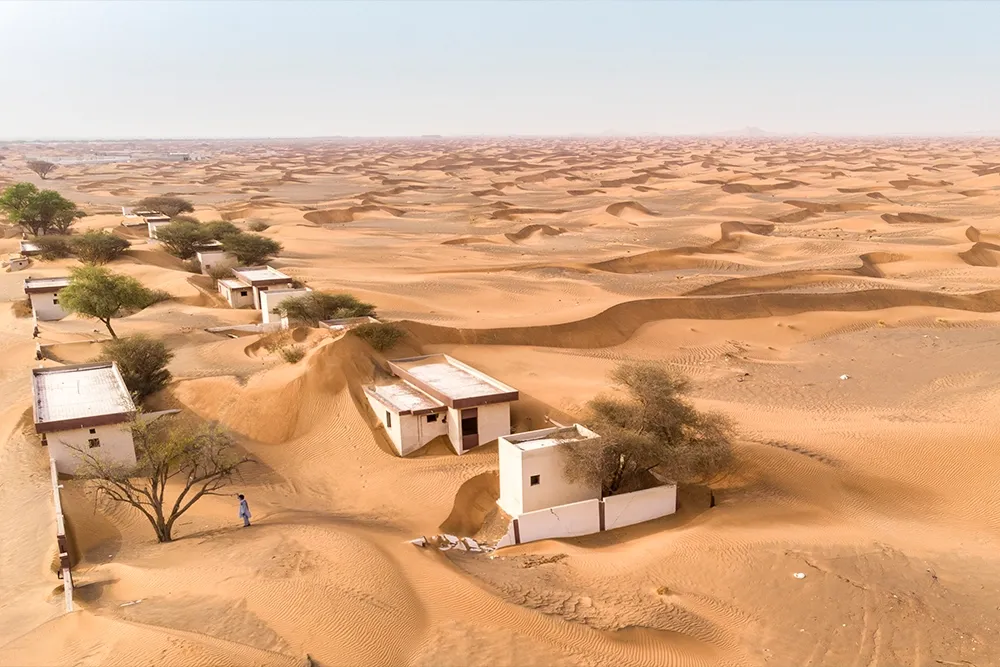
Legend has it that the inhabitants fled in the dead of night, frightened by the presence of djinn. Geologists credit it to aeolian sand drift, a process whereby relentless desert winds make tracts of land unlivable. Whatever the explanation, the sight of a mosque minaret surfacing from golden dunes is spine-chillingly beautiful.
The majority of visitors schedule their visit at dawn or dusk, when shadow slumps across the dunes and the quiet is nearly supernatural.
Lost Fishing Villages – Echoes Along the Sea
Apart from the more prominent ghost towns, Ras Al Khaimah also hides some smaller abandoned fishing villages along its coast. Coral-stone buildings and worn piers tell of an otherwise successful community at sea. Industrial fishing and the attractions of city life progressively emptied these villages, leaving ruins that still tell of lives at sea.
Visiting these haunted places in UAE is not merely about haunted stories. They are troves of culture, explaining how the Emiratis used to live, barter, and make do before the modern wealth changed the nation. They tell us that development tends to leave destinations behind, but that destinations have lessons on survival, sustenance, and belief.
The UAE, which has also been seen as a representation of modernity, has lost worlds in its mountains, coastlines, and deserts, where the silence is more vocal than words. From Al Madam's sand-filled houses to the grandeur of Al Qasimi Palace, each abandoned place unfurls a page of history.
If you are in awe and want to feel the thrill and mystery of traveling to one of these haunted places in Dubai or the UAE, and a daily car rental Dubai from Beno can give you all the comfort. Book now and travel to the mysteries.
For travelers, historians, and curious adventurers, going there is like opening a book—a book of stone, sand, and time, not ink.
FAQs
- Are these abandoned places in UAE safe to visit?
Most are safe, but some (like Villa 4 or Al Qasimi Palace) are restricted. Always respect safety signs and local laws.
- Which abandoned place in UAE is the scariest?
Al Madam Ghost Village and Al Qasimi Palace are often called the eeriest, thanks to folklore about djinn and hauntings.
- Why did people abandon these places in UAE?
Common reasons include desertification, shifts in the economy (like the pearling collapse), or superstitions tied to paranormal events.
- Can I take photos of abandoned places in UAE?
Yes, most sites are open for photography, but avoid trespassing into sealed properties.






